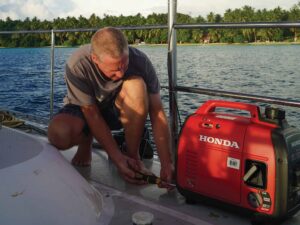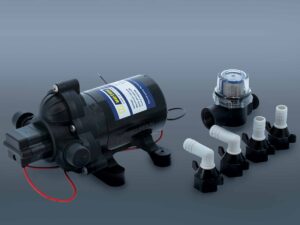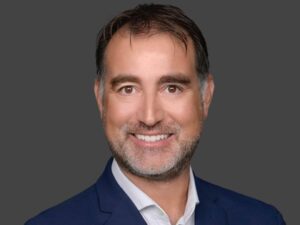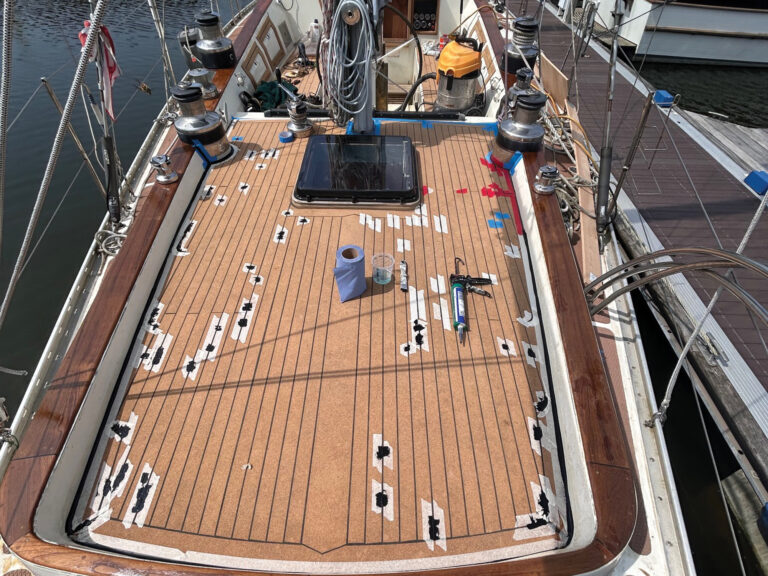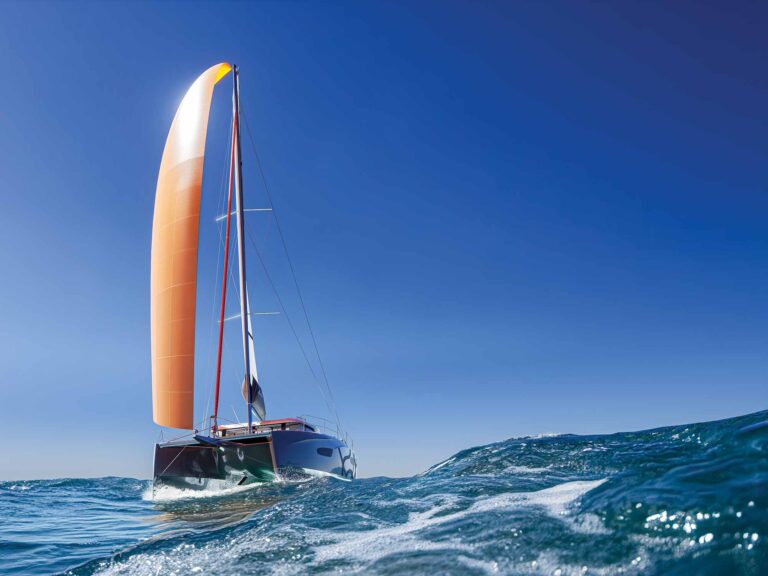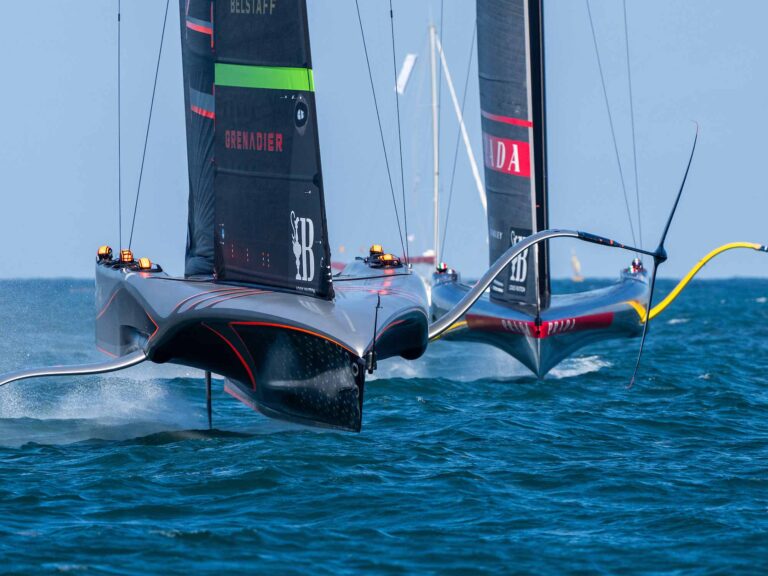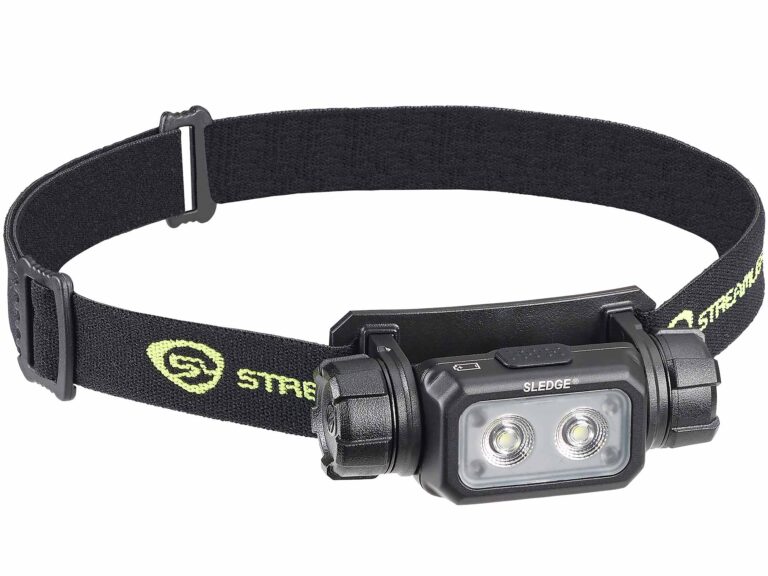More interesting than the powerful sail plan and the fold-up floats on Reinout Vader’s 50-foot trimaran, Sound of Silence, is the fact that Reinout often sleeps on top of his generator, located only a few inches under his V-berth. While his power plant delivers 750 watts of DC power and heats his well-appointed boat, the only sound he hears beneath his pillow is a low hum.
Reinout is the founder of Victron Energy Systems, the Holland-based developer of the WhisperGen generator, a DC generator that rewrites the rules for onboard energy. The generator is powered by a Stirling engine, an external combustion engine patented in 1816. Using efficient diesel burners to maintain a high temperature at the cylinder heads, the engine repeatedly heats and cools a mass of nitrogen gas within four cylinders. The expansion and contraction of the gas propels a piston in each cylinder. The generator weighs 198 pounds and occupies about 1.7 cubic feet. It has few moving parts, resulting in very little noise or vibration (and no oil to change). Producing minimal exhaust emissions and no oily exhaust fumes, it can be left to automatically tend to your charging needs for days at a time. When the WhisperGen is also used to heat water and warm the boat, the engine’s efficiency (the amount of power produced for fuel burned) is as high as 95 percent, and operating costs are less than 5 cents per kilowatt-hour (based on fuel costs of $1.50 per gallon).
Victron Energy has installed more than a dozen units on sailboats ranging from a Hallberg-Rassy 42 to a 65-foot Trintella. I corresponded with several owners. Some with early units reported minor bugs, but all said that they were happy with the system and that Victron was supportive and quick to correct any problems.
The WhisperGen is effectively a sophisticated battery charger that quietly runs on diesel (consuming up to 0.2 gallons per hour at peak load) and turns on automatically when needed. Its Stirling-engine-driven alternator produces 60 amps at 12 volts (or 30 amps at 24 volts), which charges the batteries. To handle AC loads, Reinout uses a 24-volt DC system with combination inverter/chargers (also made by Victron) that can be connected in parallel to increase AC output. On Sound of Silence, AC equipment includes a washer and drier, a dishwasher, a microwave oven, a freezer/refrigerator, an electric stove, a watermaker, and various other smaller appliances. The boat carries four 95-amp-hour house batteries.
When the WhisperGen alone can’t meet peak AC demand, the batteries (via the inverters) boost output, and when Reinout’s batteries fall below 70 percent of capacity, the WhisperGen automatically starts. The WhisperGen’s maximum daily output is 18 kilowatt-hours a day (1,500 amp-hours at 12 volts; 750 amp-hours at 24 volts), more than twice the energy Reinout requires. He runs the WhisperGen twice daily for a total of about seven hours.
If minimal noise, low pollution, low maintenance, and weight are top priorities, the WhisperGen, which costs about $13,000, is a viable but expensive option for a cruiser who’s simply looking for more electrical power. The option is much more cost-effective on a boat sailed in cold or moderate climates that requires cabin heating and hot water. For more information about the WhisperGen and Victron Energy’s other power systems, visit its website (www.victronenergy.com) or call its U.S. office at (616) 842-0300.
Darrell Nicholson

